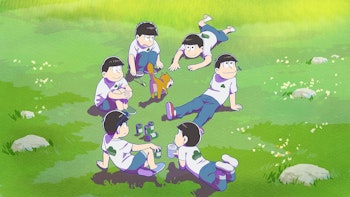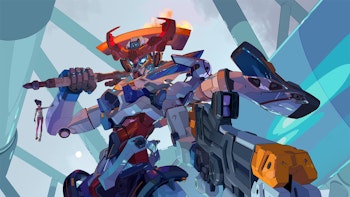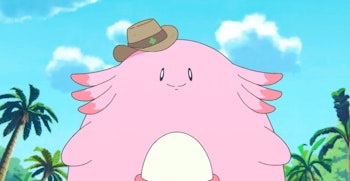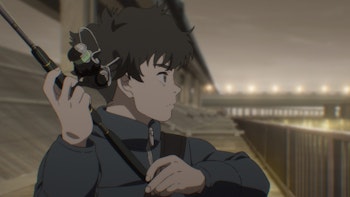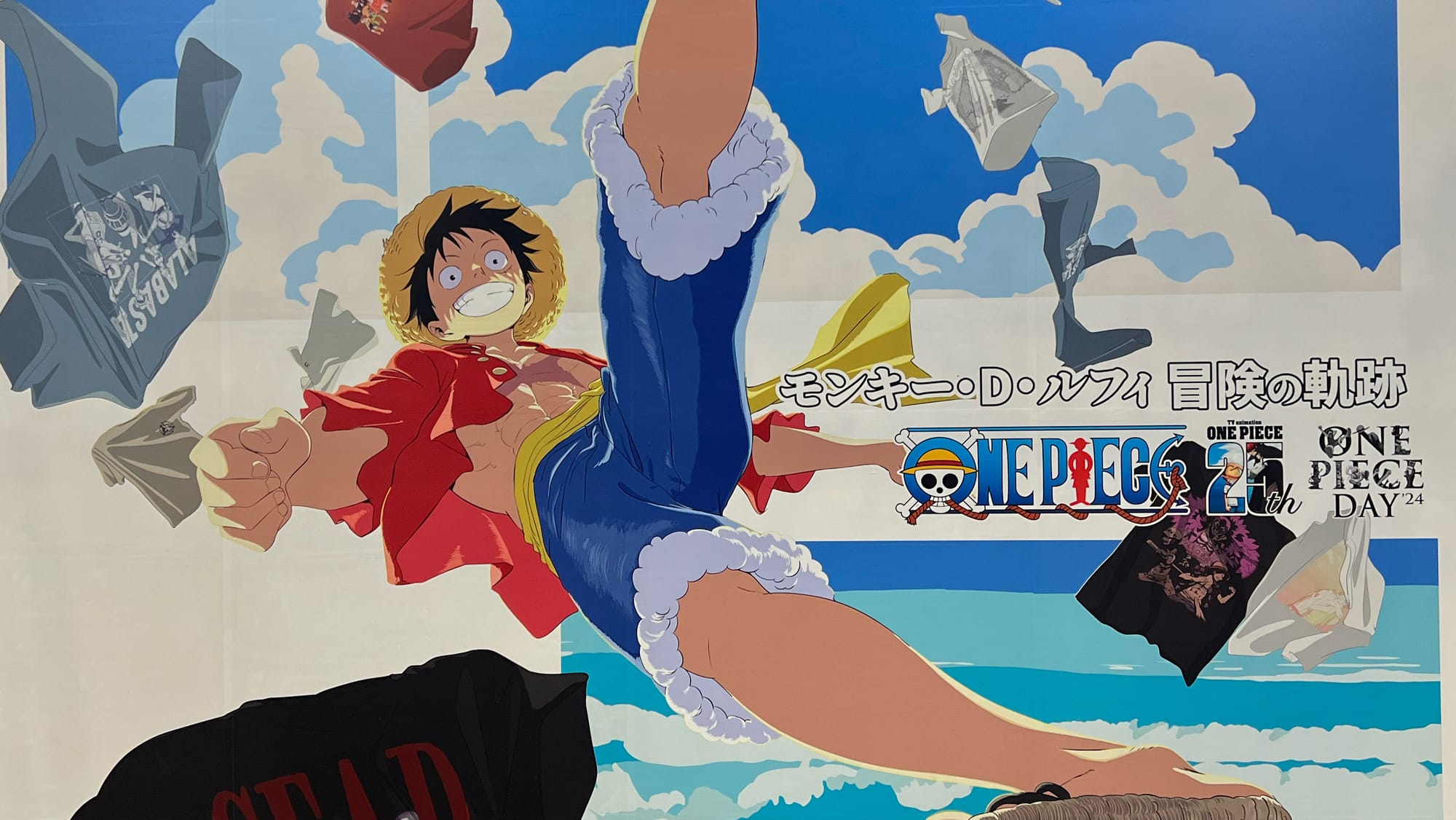
How does a series like ONE PIECE remain relevant decades on from its initial debut? To look back on the history of shonen manga and Jump inevitably casts eyes to the mid-2000s popularity of the series alongside NARUTO and BLEACH, as those series concluded and faded into the (still prominent!) background, ONE PIECE endured. If anything, 27 years later it’s more popular than ever! Nothing made that clearer than when scrmbl visited ONE PIECE Day last month to check out this year’s 2-day celebration of the franchise at Makuhari Messe.
Underpinning the direction for this year’s anniversary festivities was an understanding that for the series to endure, it must evolve. It was obviously a celebration for long-term fans: the legendary original "We Are" opening greeted fans with clips from iconic scenes at the entrance while nostalgia wormed its way into much of the events and merchandising on display. But it was notably an event also embracing new audiences, whether that be in the booth dedicated to Netflix’s live-action series or the prominent space given to the card game.

Rightly so, considering how these new interpretations on the beloved series have helped to revitalize it.
Facing a Crossroads
Asking anyone to get up to speed on ONE PIECE in 2024 is a daunting task. Where do you start? The 109 volumes (and counting) of Oda’s manga? The over-1000 episodes of the TV anime? Who has time for that? The series has loyal audiences who’ve grown with the series for decades, but as the 2010s came to a close it found itself struggling to attract new audiences put off by its length and lack of accessibility for new audiences.
Merchandising and yearly sales dipped even as new volumes remained stable million-sellers, and this decline even saw the series lose its crown as Japan’s annual best-selling manga in 2019 to the unstoppable Demon Slayer: Kimetsu no Yaiba. Year-on-year domestic sales fell even further in subsequent years, and the anime was similarly losing live broadcast audiences in a world of streaming.
Then, during the COVID pandemic, something changed. Although new manga sales remained steady and didn’t grow in this period, it gained ground on its competitors in the space, while the series actively reached out to new fans by making changes to the long-stable formula that had served the series until that point. In summer 2019 with the Wano arc, the anime got a refreshed staff including veteran director Tatsuya Nagamine taking over as series director, pushing the visual aspects of the anime in new directions, taking it a step further with fresh character designs being introduced beginning with the Egghead Arc.
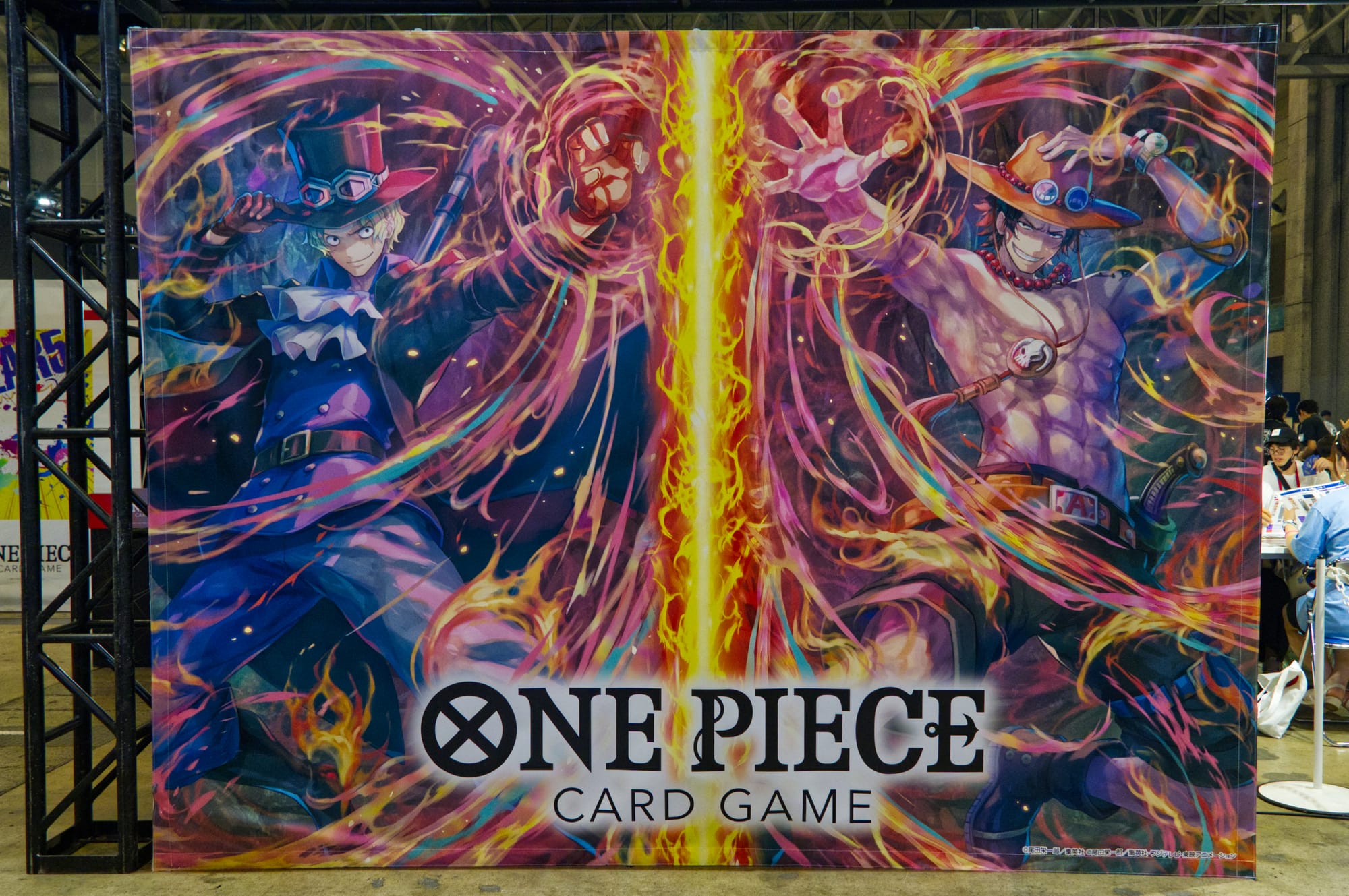
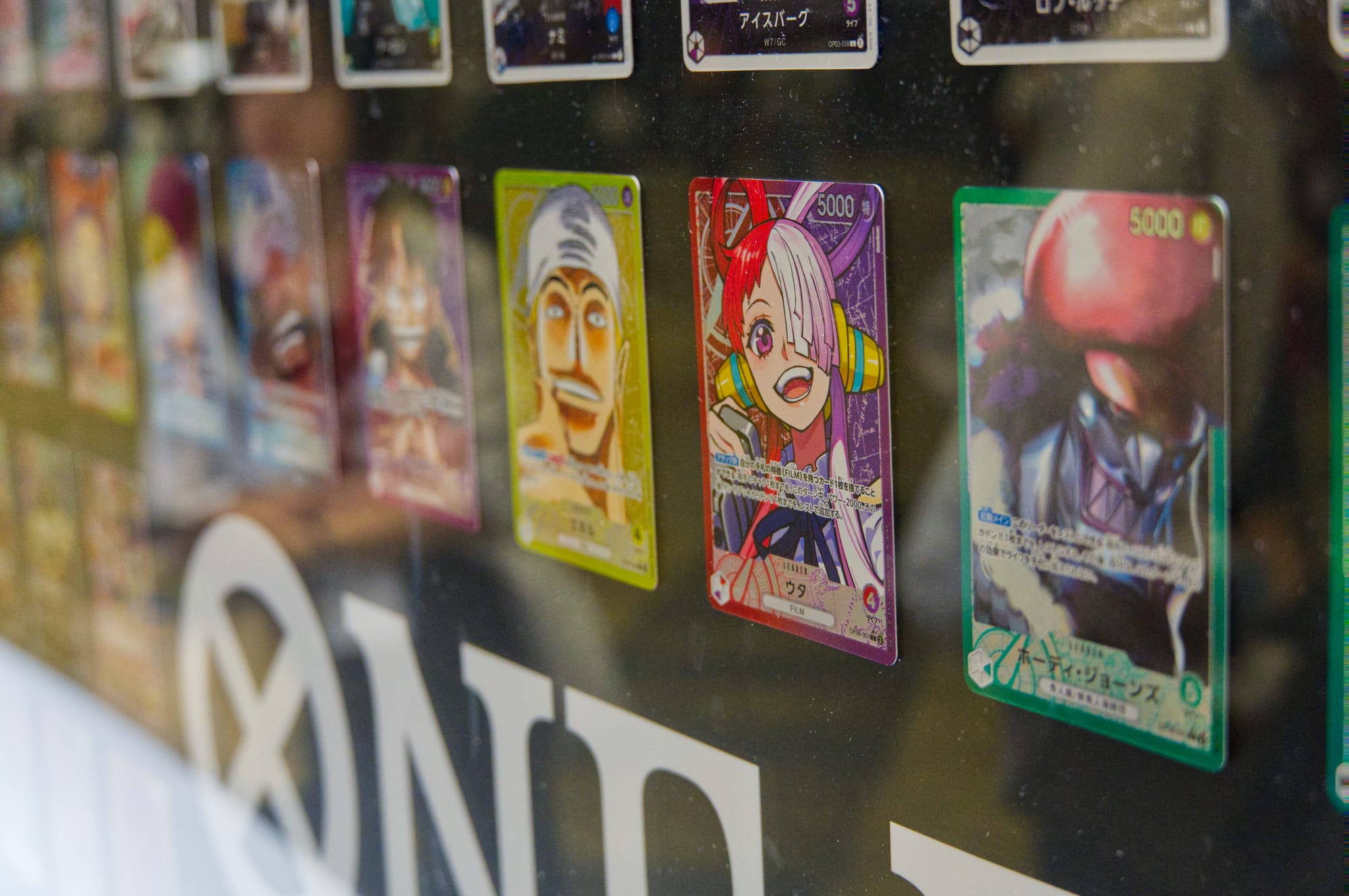
The ONE PIECE card game launched in 2022, capitalizing on the booming popularity of games like Pokémon and Yu-Gi-Oh! with classic and new art from Oda and other artists wrapped in a Magic the Gathering-esque ruleset that’s since exploded to become one of the biggest new card games.
Most notable of all is ONE PIECE FILM RED. The recruitment of megastar Ado to perform music written in collaboration with Japanese pop legends like Yasutaka Nakata and Mrs. GREEN APPLE for the movie-original character Uta not only helped the movie gross over three times the total revenue of the previous highest-grossing ONE PIECE movie, Film Z, but its 20billion yen box office gross shot the movie into becoming the 7th-highest grossing film of all time at the Japanese box office. Many of Ado’s songs for the film continue to hit streaming charts in Japan even today, as younger generations who grew up online through Vocaloid and utaite flocked to the series thanks to her involvement.
Past and future in One Piece, One Place
Although ONE PIECE Day was ultimately a day to look back and celebrate the past, it embraced this new audience with eyes firmly on the future of the franchise.
This was obvious once working your way past the booming opening installation and the large balloons of pirates Dorry and Brogy. Unsurprisingly, the Egghead arc as the latest in the series was everywhere, whether that be in official promo artwork for the event or the large art exhibit that was undoubtedly the biggest draw of the show outside of the big stage events.
This exhibit was essentially a walkthrough of the Egghead plot told through Oda’s original manuscripts. Photography was strictly off-limits, though the lack of distractions allowed us to spend more time admiring the art and striking designs of Vegapunk and his satellites, with punchy introductions and street fashion-inspired designs blending with key action sequences and emotional flashpoints throughout the pages on the show floor. Admiring the faint scratches of Oda’s pencil behind bold black markers and shading it was hard not to feel awestruck. Here, Oda’s knack for easy-to-read paneling and bold design were given the celebration they deserve, whether in these original manuscripts or blown up in photo spots of the arc’s biggest moments.
Beyond this, the show was evenly-split between those pining for a glimpse into the past and those embracing the punchy new ideas infused into this rich world. On one wall, an impressive mural marked this depth and history with stunning detail as the absurdly-long tapestry captured every character, key moment and story arc with no one left behind. Similarly, another display area showcased figures and goods both old and new for each era.

On another side, one of the show’s most popular areas was the ONE PIECE Card Game play area, which both offered introductory lessons and space for veterans to duke it out or trade. Participatory promo cards were certainly a draw, but it was impressive to note how this was the area with the most diverse crowd, with many of the younger audience members flocking to this area compared to the more mature audiences I spotted elsewhere on the floor.
It was those same younger audiences most enthused by the live-action display, though this was one aspect of the show with universal appeal. This stood alongside a Uniqlo UT exhibit showcasing every collaboration t-shirt produced over the years, set up to mark the latest set and an event-exclusive UT produced just for attendees.
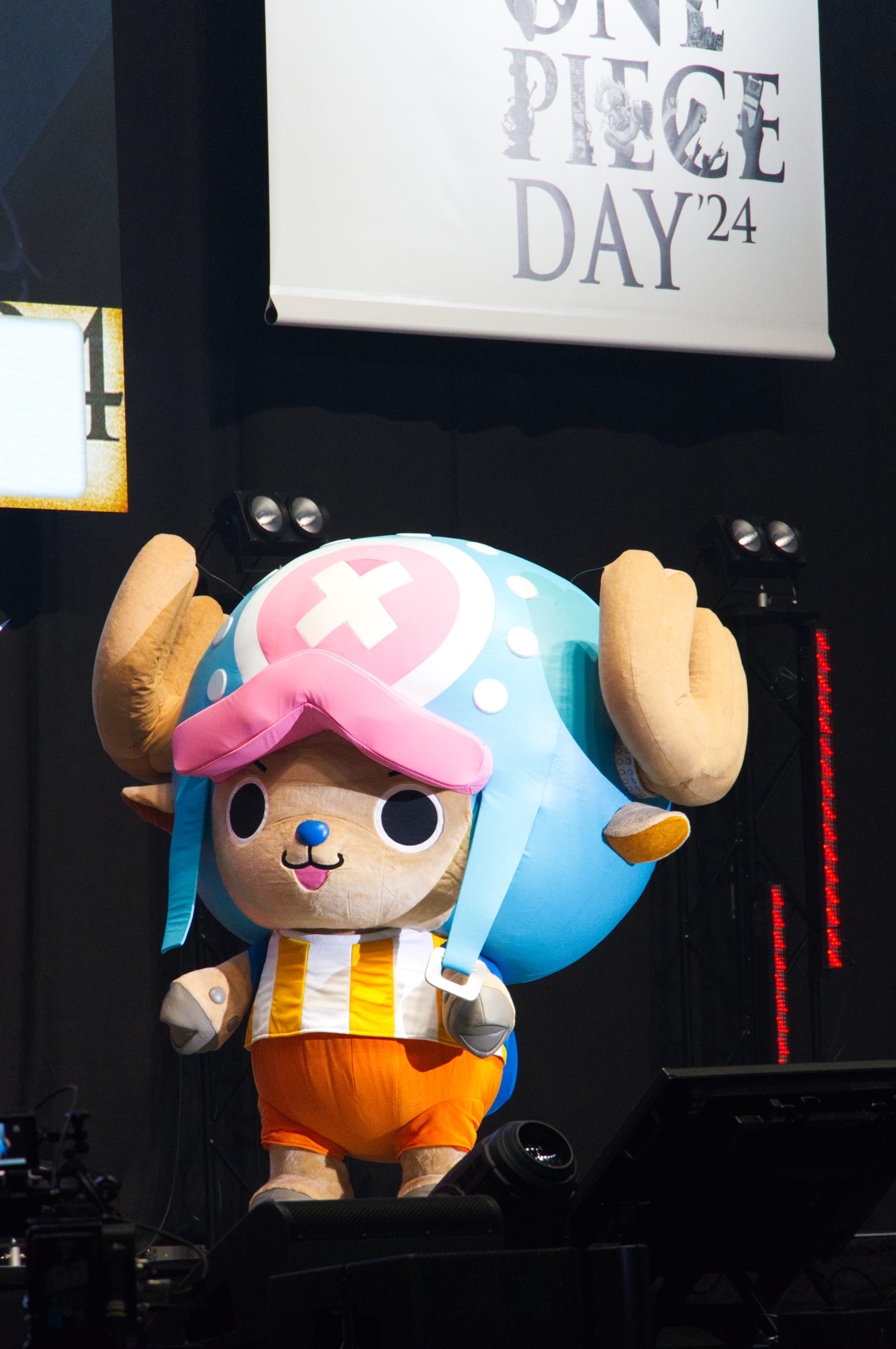
Of course, the stage events were one of the biggest draws of the event. To start the second day, Hiroshi Kitadani performed a live rendition of "We Are" with fellow early-years anime singer Maki Otsuki. Other shows included a live ONE PIECE card game showcase match by Japanese boy group Be:First, much of the series’ voice cast recording a live radio program, and a first look at WIT Studio’s highly-anticipated remake of the anime for Netflix.
Yet again, this was a notable selection that distinctly prioritized new audiences alongside series veterans. Boy group Be:First certainly aren’t the first people who come to mind when you think of ONE PIECE, yet their role as ambassadors for the card game has brought a notable young female audience to the growing game. Even WIT’s own presentation recognized how new ventures had come to define the series in the eyes of many: in recreating Foosha Village in 3D to aid them in adapting East Blue, they marked iconic scenes on the map to gain a sense of location. In doing so and under Oda’s supervision, the team canonized the events of FILM RED, incorporating Uta’s story into the canon of the series.
Concluding each day was a grand concert, and again this philosophy permeated these shows as surprise names stood side-by-side with familiar faces. Of course Hiroshi Kitadani and Maki Otsuki gave thrilling performances that tore the roof from Makuhari Messe in sheer excitement, and much love was given to Gre4N BOYZ as they sang Orange and other beloved long-time series hits they produced.

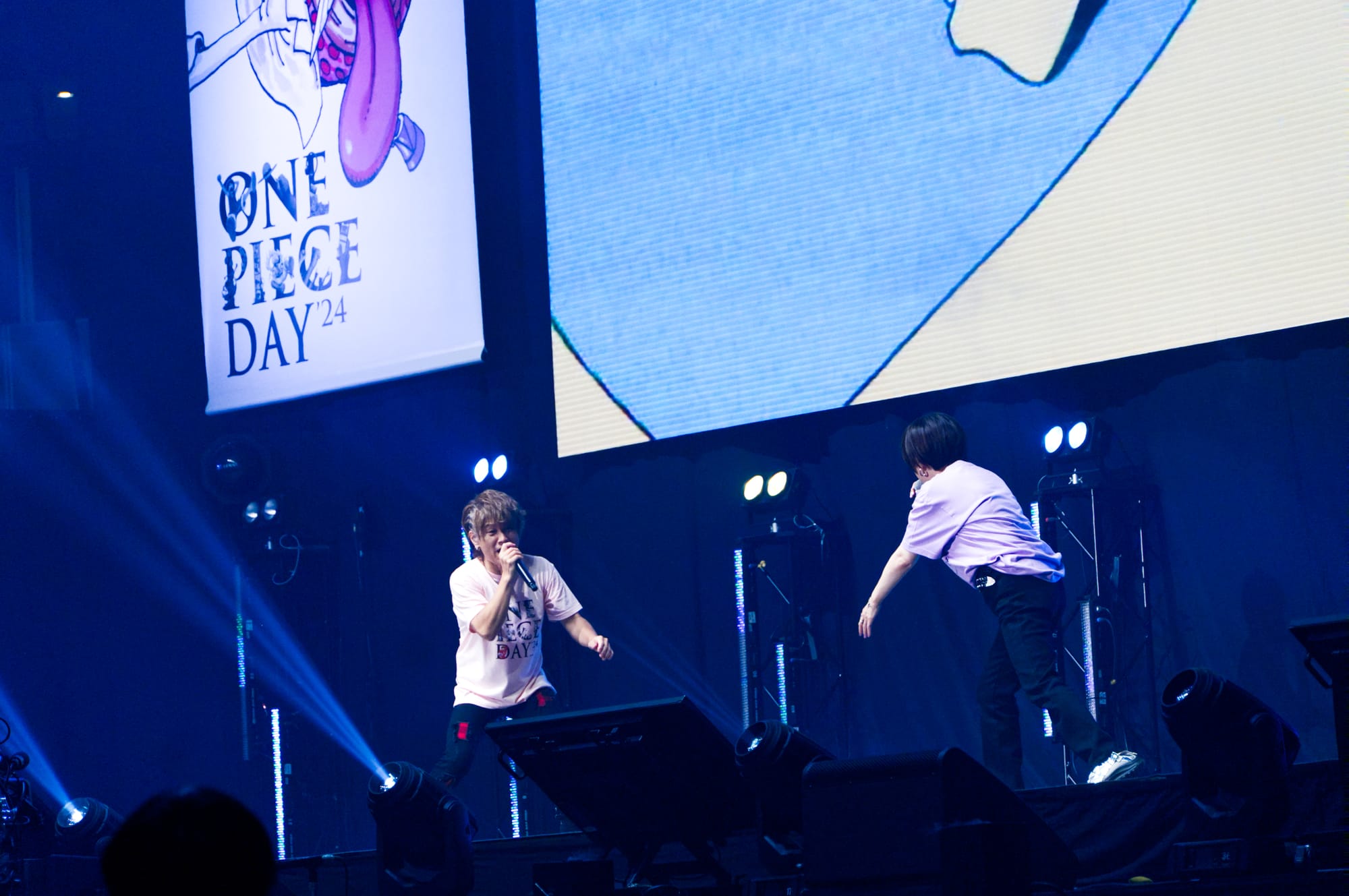
Perhaps more surprising was the decision to invite Mori Calliope, albeit no less welcome. She’s not the first name that comes to mind considering her contributions were previously limited to a single commercial for one of the latest volumes of the manga, but her success as a pop artist beyond her VTubing career made her set one of the most energy-rising performances of the two nights.
The same can be said for Be:First, capping their earlier appearance with a performance that elicited excited screams from female audiences. Despite their ambassadorship they had yet to musically contribute to the series, although the announcement following their set that they would contribute the anime’s newest ending theme brought even more excited screams from their fans in the audience.
Unsurprisingly, the star of these concerts was Ado, anonymously embodying Uta as she powered through her entire FILM RED songlist with a vocal voracity that caused an audience of thousands to collectively hold their breath the moment she opened her mouth. There’s a raw power and performative aspect to Ado’s vocals and stage that can’t be captured in any studio recording, and as she threw her body across her translucent performance box with reckless abandon, it was like she was possessed by the music. Her voice an exorcism, these songs became conduits for the anger, joy and pain of Uta, undoubtedly a jaw-dropping highlight of an already-amazing multi-day showcase.
A confession
I conclude my report with a confession: I’m way behind on ONE PIECE. I’ve watched only the first 200-or-so anime episodes, and I’m not much further in the manga. I’ve held Oda’s art in great renown, but I’m far from a ONE PIECE veteran.

I am familiar with the series’ long history, however, and witnessing this generational transformation that’s revitalized audience interest has been fascinating. ONE PIECE Day embodied that in the excited eyes of its audiences old and young and how much the series has diversified its merchandising and the ways it appeals to audiences, whether that be through film, a new approach to its anime, or a whole new card game. That’s me: I’m the person who owns ONE PIECE cards, I was invigorated by FILM RED, all while being somewhat lost amidst the depth of it all. I’m one of the millions who parachuted the Netflix series to one of the biggest original series on the platform, and I’ve found a home for myself amidst the richness and depth of this world despite all that.
I came away feeling inspired, but also with renewed vigor to make up for lost time. As I write these closing words, I find myself loading up the Shonen Jump app. I’m going to catch up, and I’m going to do it properly.
Let’s begin, shall we?

